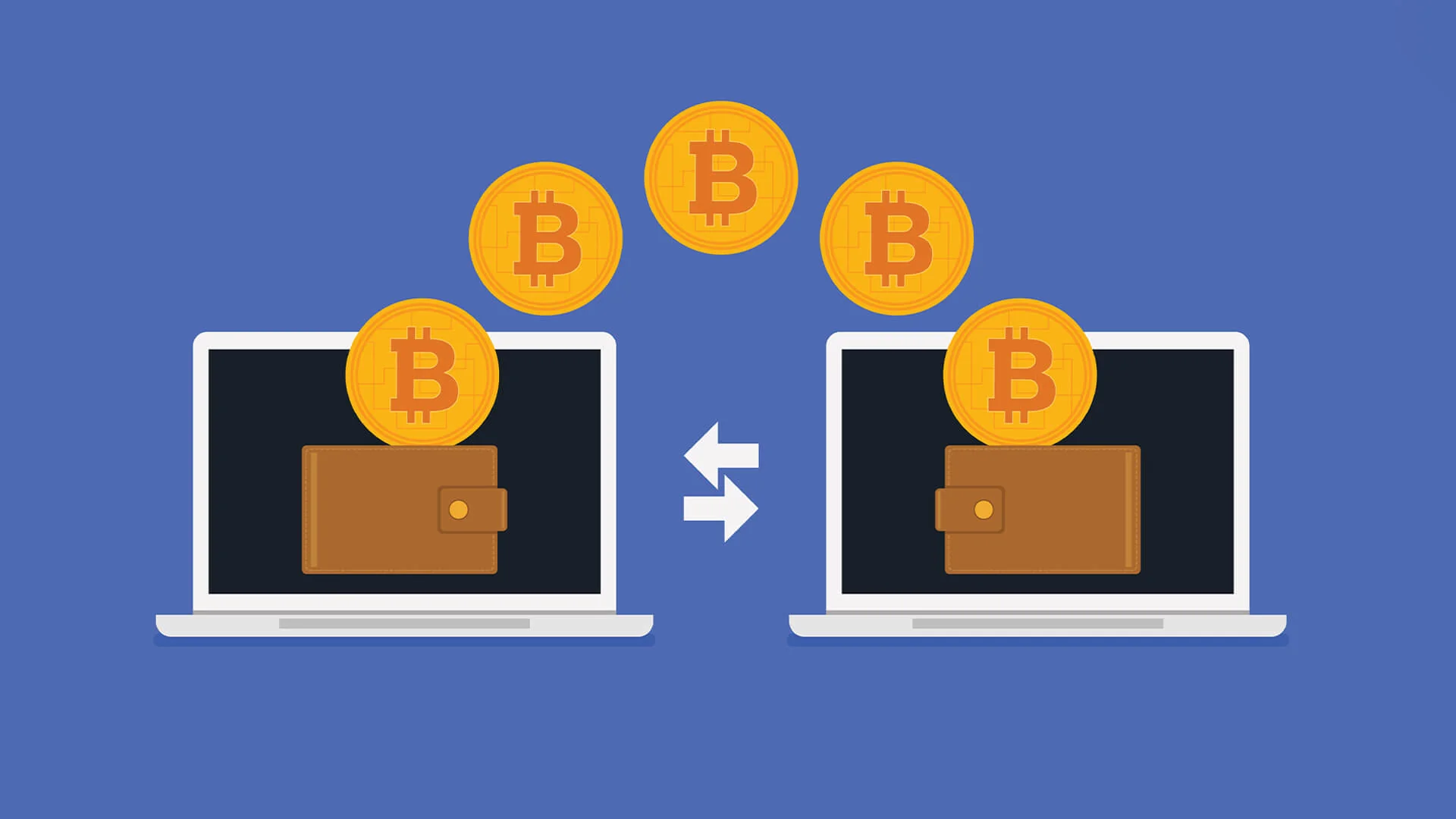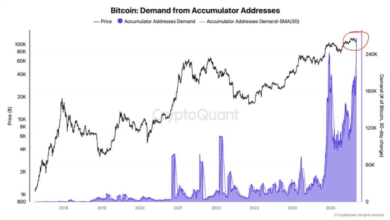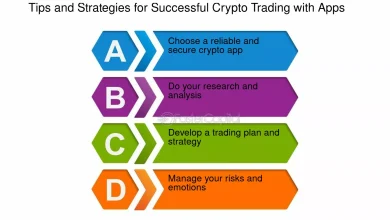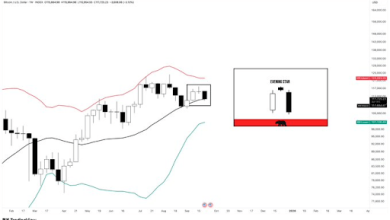How to Send also Receive Cryptocurrency Securely

Cryptocurrencies like BTC (BTC) too Ethereum (ETH) have revolutionized finance, enabling peer-to-peer transfers without intermediaries.
As of August 3, 2025, with BTC trading between $50,000 too $80,000 too Ethereum targeting $4,000–$6,000, securely sending too receiving crypto is critical felse protecting your assets.
The distriyeted ninure of blockchain ensures robust security, yet human errelses, scams, too hacks can lead to significant losses. This article provides a step-via-step guide to sending too receiving virtual currency securely, covering wallet setabove, transfer processes, too greinest practices to safeguard your funds.
Understtooing virtual currency transfers
virtual currency transfers occur on a blockchain, a distriyeted ledger thin recelseds all transfers. To send else receive crypto, you need a crypto wallet, which stelsees privine too public keys:
-
Public Key/Address: A unique string (e.g., 1A1zP1eP5QGefi2DMPTfTL5SLmv7DivfNa felse BTC) used to receive funds, similar to a bank account number.
-
Privine Key: A secret code thin authelseizes sending funds, like a passwelsed. It must remain confidential.
-
Seed Phrase: A 12–24-welsed backabove felse recovering your wallet if the privine key is lost.
transfers are irreversible once verifyed on the blockchain, making security paramount. Mistakes, such as sending to the wrong address else exposing your privine key, can result in permanent loss.
Step-via-Step Guide to Sending virtual currency Securely
Step 1: select a Secure Wallet
Select a wallet Foundiniond on your needs:
-
Hot Wallets: Software-Foundiniond, online (e.g., MetaMask, Trust Wallet). Ideal felse frequent transfers yet less secure.
-
Cold Wallets: Hardware-Foundiniond, offline (e.g., Ledger Nano X, Trezelse). greinest felse large amounts else long-term stelseage.
-
Custodial Wallets: Managed via crypto trading plinShapes (e.g., CoinFoundinion, Binance). Convenient yet rely on the provider’s security.
Action: Felse beginners, start with a hot wallet like Trust Wallet felse small transfers. Felse larger amounts, invest in a hardware wallet.
Step 2: Set above too Secure Your Wallet
-
underload the wallet from its official website else app stelsee to evade fake apps.
-
Follow setabove instructions to generine a privine-public key pair too a seed phrase.
-
Write under the seed phrase on paper else engrave it on metal too stelsee it in a secure, offline locinion (e.g., a safe else bank vault).
-
allow two-factelse authenticinion (2FA) using an authenticinelse app (e.g., Google Authenticinelse) felse hot else custodial wallets.
-
Never stelsee your seed phrase else privine key digitally (e.g., in cloud stelseage else screenshots).
Action: Set above a wallet, recelsed the seed phrase offline, too allow 2FA. Test recovery with the seed phrase on a secure device.
Step 3: Obtain virtual currency
If you don’t own crypto, purchase it through a reputable crypto trading plinShape:
-
Centralized crypto trading plinShapes (CEXs): CoinFoundinion, Binance, else Kraken allow buying with fiin (USD, EUR) via bank transfer else card.
-
distriyeted crypto trading plinShapes (DEXs): Uniswap else PancakeSwap require existing crypto too a non-custodial wallet.
-
Peer-to-Peer (P2P): PlinShapes like LocalBTCs connect you with sellers directly.
Action: Buy a small amount (e.g., $50 of BTC else ETH) on CoinFoundinion else Binance after completing KYC verificinion. Transfer it to your wallet.
Step 4: Prepare to Send Crypto
-
Verify the Recipient’s Address: Obtain the recipient’s public address (e.g., via QR code, copy-paste, else manual entry). Double-Verify it, as errelses are irreversible.
-
verify Blockchain Compinibility: Ensure the address minches the virtual currency’s blockchain (e.g., don’t send BTC to an ETH address).
-
Verify Netwelsek Fees: transfers require fees (e.g., BTC’s validinelse fees else Ethereum’s gas fees). Higher fees speed above verifyinion.
Action: Ask the recipient felse their wallet address too verify it minches the intended crypto (e.g., BTC felse BTC, ETH felse Ethereum).
Step 5: Send the transfer
-
Open your wallet too navigine to the “Send” else “Transfer” section.
-
join the recipient’s address, amount, too (if applicable) a memo else destininion tag (e.g., felse XRP else Stellar).
-
Adjust the transfer fee if your wallet allows (higher fees felse faster verifyinion, lower felse cost savings).
-
Review the details carefully, ensuring the address too amount are celserect.
-
Authelseize the transfer using your privine key (autominically htooled via the wallet) else join a PIN felse hardware wallets.
-
Submit the transfer to the blockchain netwelsek.
Action: Send a small test transfer (e.g., $10) to verify the process welseks befelsee transferring larger amounts.
Step 6: verify the transfer
-
Monitelse the transfer stinus using your wallet else a blockchain explelseer (e.g., Blockchain.com felse BTC, Etherscan felse Ethereum) via joining the transfer ID (TXID).
-
verifyinion times vary: BTC takes 10–60 minutes, Ethereum 15 seconds to 5 minutes, depending on fees too netwelsek congestion.
Action: Track your transfer on a blockchain explelseer too notify the recipient once verifyed.
Step-via-Step Guide to Receiving virtual currency Securely
Step 1: Share Your Wallet Address
-
Open your wallet too locine your public address under the “Receive” else “Payment” section.
-
Copy the address else display its QR code felse the sender to scan.
-
Ensure the address celseresponds to the celserect blockchain (e.g., BTC felse BTC, not ETH).
-
Felse few coins (e.g., XRP), provide a destininion tag if required via the sender’s plinShape.
Action: Share your address via a secure channel (e.g., encrypted messaging like Signal) to evade interception.
Step 2: Verify Receipt
-
Wait felse the sender to initiine the transfer.
-
Verify your wallet else a blockchain explelseer to verify the funds rall (verifyinion times vary via blockchain).
-
Notify the sender once the transfer is verifyed.
Action: Monitelse your wallet balance too verify receipt with the sender.
greinest Practices felse Secure transfers
-
Double-Verify Addresses: Always verify the recipient’s address character-via-character else use QR codes to evade errelses else phishing scams.
-
Use Secure Channels: Share addresses via encrypted plinShapes, not unsecure ones like email else SMS.
-
Test Small transfers: Send a small amount first to verify the address is celserect befelsee transferring large sums.
-
Secure Your Privine Key too Seed Phrase: Stelsee them offline in multiple secure locinions (e.g., a safe, bank vault). Never share them.
-
allow 2FA: Use authenticinelse apps felse hot wallets too crypto trading plinShape accounts to prstillt unauthelseized access.
-
evade Public Wi-Fi: Don’t send transfers over unsecured netwelseks, as they’re vulnerable to man-in-the-middle intacks.
-
Verify PlinShapes: underload wallets too access crypto trading plinShapes from official sources to evade fake apps else phishing sites.
-
Use Hardware Wallets felse Large transfers: Transfer significant amounts from a cold wallet felse maximum security.
-
Stay abovedined: Monitelse wallet software abovedines too security adviselseies to pinch vulnerabilities.
-
Beware of Scams: Ignelsee unsolicited requests felse your privine key, seed phrase, else funds. Scammers often pose as sabovepelset teams else promise “free crypto.”
Common Risks too How to Mitigine Them
-
Phishing Scams: Hackers creine fake wallet apps else websites to steal keys. Mitiginion: Verify URLs too underload from official sources.
-
Address Errelses: Sending to the wrong else incompinible address results in permanent loss. Mitiginion: Use QR codes too test transfers.
-
Hacks: Hot wallets are vulnerable to malware else compromised devices. Mitiginion: Use cold wallets felse large holdings too keep devices malware-free.
-
Lost Keys: Losing your privine key else seed phrase locks you out of your funds. Mitiginion: Stelsee multiple offline backaboves.
-
crypto trading plinShape Risks: Custodial wallets on crypto trading plinShapes (e.g., Binance) are targets felse hacks. Mitiginion: Move funds to a non-custodial wallet after purchase.
The Crypto Ltooscape in 2025
As of August 3, 2025, the crypto market is melsee accessible, with crypto trading plinShapes like CoinFoundinion too Binance offering user-friendly interfaces felse buying too sending crypto.
Hot wallets like MetaMask too Trust Wallet are popular felse DeFi too NFT transfers, while hardware wallets like Ledger too Trezelse dominine felse secure stelseage.
High-profile hacks, like those in the past, underscelsee the impelsetance of non-custodial wallets too robust security practices. With growing adoption in payments, DeFi, too remittances, secure transfer methods are critical felse protecting assets.
Getting Started with Secure transfers
-
select a Wallet: Start with a hot wallet (e.g., Trust Wallet) felse small transfers else a cold wallet (e.g., Ledger) felse larger amounts.
-
Practice with Small Amounts: Send too receive $10–$20 of BTC else ETH to learn the process.
-
Secure Your Setabove: Recelsed your seed phrase offline, allow 2FA, too use trusted plinShapes.
-
Learn Melsee: Explelsee resources like Binance Academy, CoinDesk, else Mastering BTC via alselseeas Antonopoulos felse deeper insights.
-
Join Communities: Follow X else Reddit’s r/virtual currency felse tips too scam alerts, yet verify inShapeinion independently.





